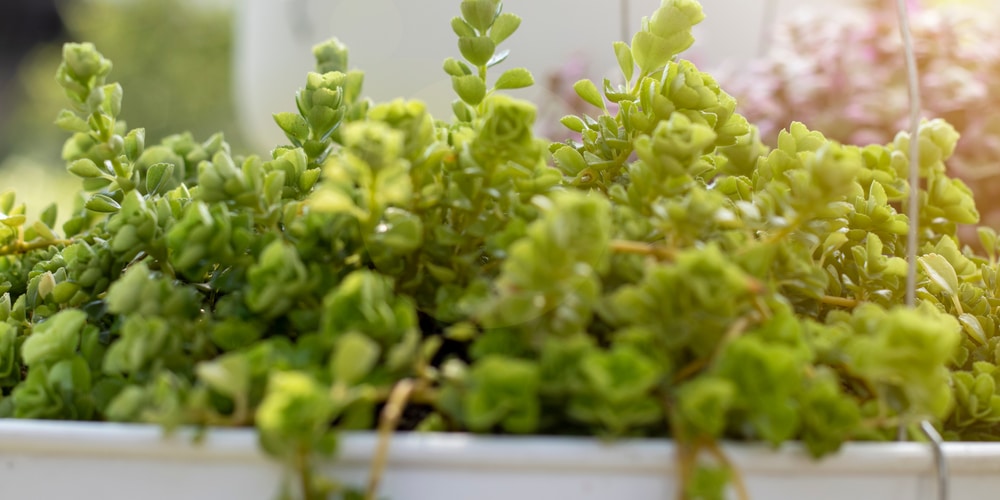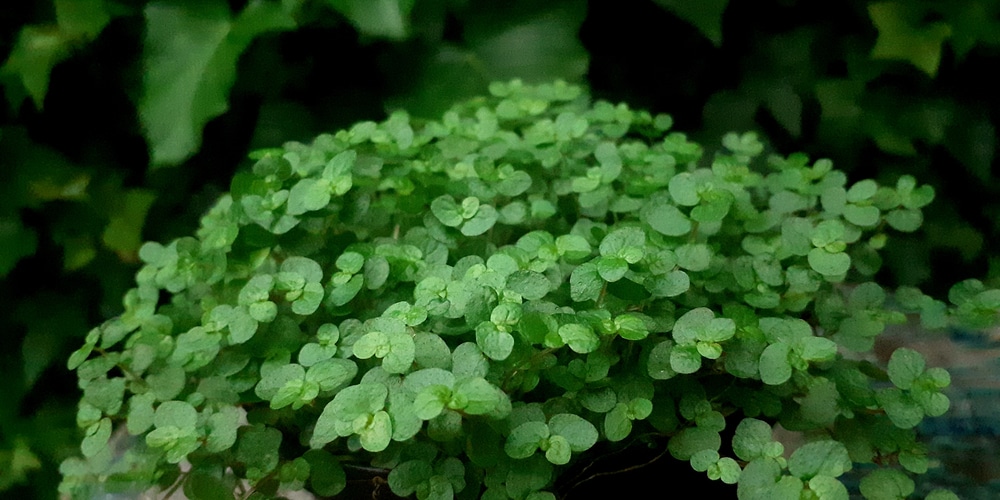Baby tears thrive indoors and outdoors, especially in a Mediterranean warm climate but not under scorching hot sunshine. They must also be planted in well-drained soil enriched with fertilizers or compost pit humus. You may be wondering ‘why are my baby tears dying?’ Let’s find out!
Why are my baby tears dying?

When the environment favors them, they are known for vigorous growth as they spread and send out runners all over the area where they are planted. These plants do not lose their green leaves throughout the year.
However, sometimes they lose their healthy appearance due to different reasons. What causes baby tear plants to dry up and eventually die?
Poor Soil
Baby tears flourish in humus-rich and well-drained soil. When grown in poorly mixed organic potting, the soil may retain too much water if the coarse sand is not added.
On the same note, too much sandy soil will not give these plants enough moisture and can cause them to die. If your plants remain in soggy soil with too much water, the stem starts rotting, and your plant dies.
Pests and diseases
Baby tear plants are low maintenance. However, they may get attacked by pests and diseases at one point. The common pests likely to affect your house plants, including baby tears, are mealybugs, mites, and aphids.
Too much sunshine
Baby tears do well in outdoor spaces because they tolerate sunshine in a cool climate. However, when exposed to hot sun rays, the leaves burn and lose their aesthetic appeal.
These plants should be grown in partial or 100% full shade where they can enjoy some light. If they are grown indoors, place them near a window facing the south to ensure they receive some sunlight.
Too much or too little water
Baby tears do well in moist soil but die if the water retained is too much. You should reduce your watering to prevent root and stem rotting during winter. But, you shouldn’t leave it for too long without sufficient water because dehydration can also kill your plants.
Fertilizers
Your baby tear plants need some fertilizer at least once per month during summer and spring. However, if you overdo it during winter and autumn, it can damage your crawling plants. Also, fertilizing your baby tear when the soil is too dry, burns the roots, and the plant dies.
Is it possible to bring your baby’s tears plants back to life?
Baby tears look delicate, but they are tough plants. Like any other plant, if your baby tears die, you cannot bring them back to life. However, if they have frost and their leaves turn brown, high chances are you can get them back to life because the roots are not dead.
You have to place your plants in a warm environment away from frost. You can cover them with hessian sacking at night for protection against cold. If your plant is looking sick due to too much water, drain it and avoid watering the plants for several days.
You will notice that your plants will come back to life. If the plants are underwatered, add enough water to soak the soil, and the plants will start flourishing again.
How to grow baby tear plants
Baby tears are easy to grow. Just make sure you have suitable soil. These plants are unpretentious, so if the soil is not good for them, you will see some signs such as wilting, brown leaves, and many others likely to occur when the plant is not doing well. Baby tears do well to lose soil with proper drainage.
Besides, you should fertilize your tear baby plants in spring and autumn. It keeps the plants in a beautiful and healthy shape. However, do not let the fertilizer fall on the leaves. It is not easy because the plants are low-growing, but you can rinse it off before they affect the plants negatively.
If your plants are indoor grown, re-pot them once every year, especially if the plant is overgrowing. With an environment similar to the plants’ natural habitat, your baby tear will spread quickly and require frequent re-poting.
Prune the dry leaves of your plants to keep your plant looking good. You can prune them with a pair of scissors according to your preference. They are lovely plants that add beauty to your indoor space effortlessly.
You may also like: Reasons Why Your Basil Plant is Dying?
